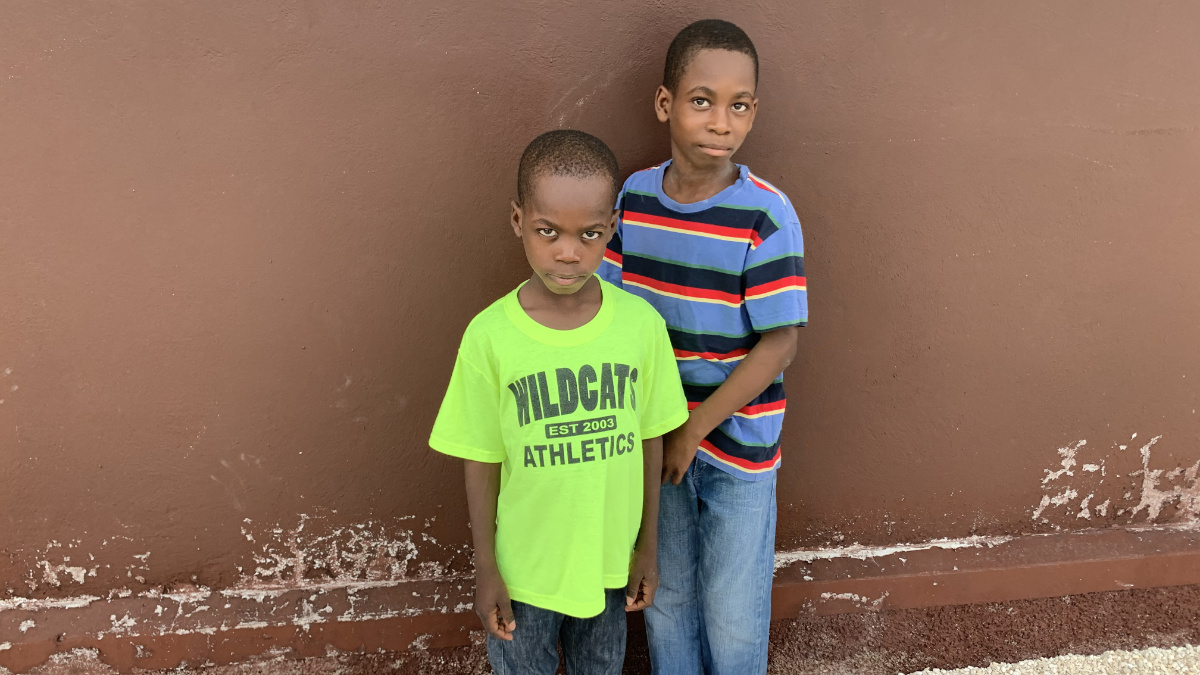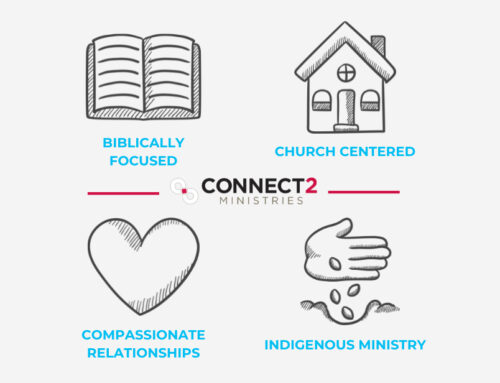Most children who become slaves were not born into it. A parent dies, and the remaining parent gives their child to a family who promises to take care of him or her. Or a rural family with a lot of kids sends one of them with people who say they’ll take the child to Port-au-Prince—for a price. The kid might then be sold to an intermediary before being sold again to a family looking for a house servant. Although they were born to free parents, they find themselves in this situation because slavery is an insidious part of Haitian culture.
Slavery is so widespread that it affects every corner of society. One of the pastors in our Mercy Network even had a suspicion that a family in his church was keeping a slave child in their home. In that context, the fight to end slavery is an uphill battle. There are a few things that must happen in order for a restavek child to be rescued.

The Bureau for the Protection of Minors (a government department similar to Child Protective Services in the US) is notified, usually by a family who suspects a neighbor family of owning a slave. BPM then steps in and takes the kid to a holding place for a brief time while they look to rehome the child. The goal is to provide them a chance at a better life in their new situation, and it’s at this point that phone calls come to Poyis. After a process of administration, paperwork, and establishing our ability and willingness to comply with guidelines, the child is finally brought to our compound.
Every child we receive into our Children’s Homes is brought to us by the Lord. We are conscious of the caring providence behind every story of rescue, and knowing it’s God’s power, not ours, at work in this process gives us hope.
Share This Story!
Join Our Email List!
Get our blogs delivered directly in your email, don’t miss an opportunity to read about our mission to save children and bringing the Gospel to Haiti.

